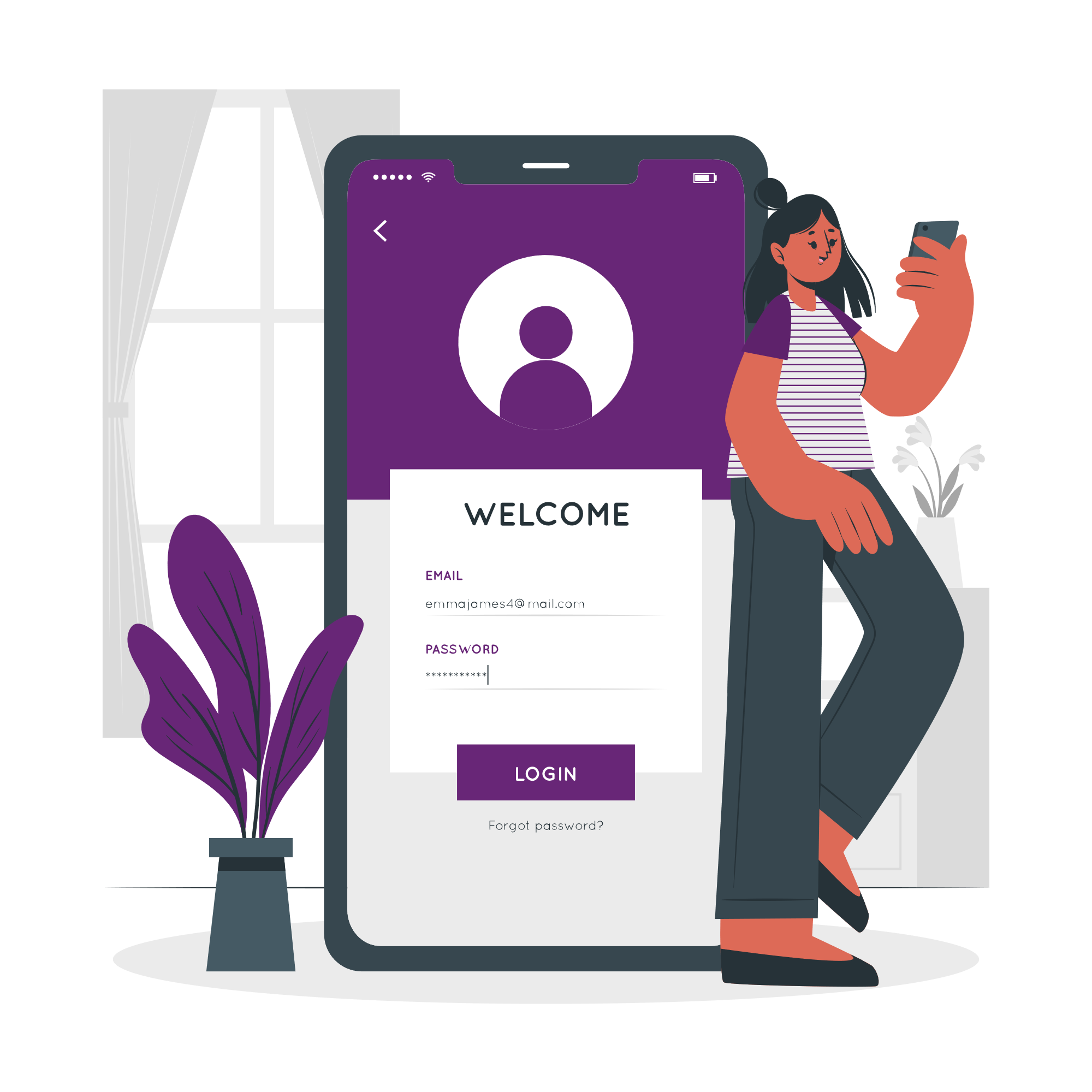When you’re looking to grow, but need to avoid piling work on your team or compromising client experience, building your payroll practice could be a good option.
Lots of accountants offer payroll services somewhat reluctantly or only in response to specific client requests – but, with a little focus, it can become a real value-add for your clients, rather than necessary housekeeping.
Here’s how to start building your payroll services.
Dedicate time to scoping it as a service
If your clients are service-based businesses, payroll is likely their biggest cost. And if they’re not – chances are, they’ve still got a team that’ll be unhappy if they’re paid wrong. Put simply: payroll is necessary. And that presents an opportunity for your firm.
Before offering to manage your clients’ payroll or tacking it on to other services, take the time to properly scope out what it could look like. If every client outsourced their payroll to you, what would that mean – both in terms of profitability and resource?
Then, look at ways to bring the resource needed down – through software, automation, or outsourcing (more on that below) – and you might find you’re left with an attractive proposition.
Get set up to handle a large volume of payroll clients
If you’re going to offer payroll as a dedicated service, you need to be set up to work through it systematically. That means having clear, repeatable processes that you apply to each and every client.
Once you’ve documented these steps – outlining what you need and when – it’s time to let automation do the heavy lifting. Your software partner is key, here. It will be the difference between time-consuming, manual data entry, and being able to process things efficiently, leaving more time to analyse the bigger picture.
With cloud payroll software, you can make changes to payroll in real time, while features like auto-enrolment, bulk payroll information upload, or simple FPS or EPS submissions, make tasks simpler.
Think about outsourcing partners
If your resource looks tight, or you’d rather prioritise in-house hours for services with a higher chargeable rate, you might want to consider outsourcing your payroll offering to a third party.
Lots of dedicated payroll providers exist – both in the UK and off-shore – meaning you can essentially white-label your services, which can be a good option if you want to keep costs down. It’s not for everyone, as there are risks involved – like consistency of service – but if you’re selective about the way you use outsourced partners (avoiding direct client contact, for example) and serious about volume, it could be worth exploring.
Explain the benefits of outsourcing payroll to your clients
There are multiple reasons your clients might not currently outsource their payroll.
If you work with small businesses, they might not be aware it’s an option, or presume it’s too expensive for them. SMEs might have an in-house finance team that manages their payroll, and others might be concerned about lack of control or transparency.
Whatever your client-base looks like, spend some time identifying what the potential blockers to outsourcing payroll could be, and map them to different benefits that the service provides.
If you’ve got a client worried about not having full visibility, for example, you could send a summary of their payroll through your software’s online portal for them to confirm before it’s finalised – meaning they save time combing through the details, but still have a clear view of activity.
Tell people you’re offering payroll services!
Finally, once you’re all set up and ready to go with your payroll practice, you need to communicate it clearly and proactively. There are a couple of ways to do this.
First, make sure all your existing clients are aware it’s something you can help with. Remember, they might not think to ask, so a dedicated conversation or email could be the nudge they need to take you up on it. If you’ve wrapped payroll up into a retainer or have a different pricing structure they could benefit from, mention that, too.
Then, make sure your payroll offering is visible to new potential clients. That means building it into your prospective conversations, outlining it clearly and effectively on your website, and optimising your content for search engines so that you appear when people look for payroll services online.
By following the above steps, you’ll be well equipped to build out a sustainable payroll service – and with regular reviews of your uptake, software, and profitability, you can evolve as you go.
You can sign up for a demonstration of our cloud payroll services online.








